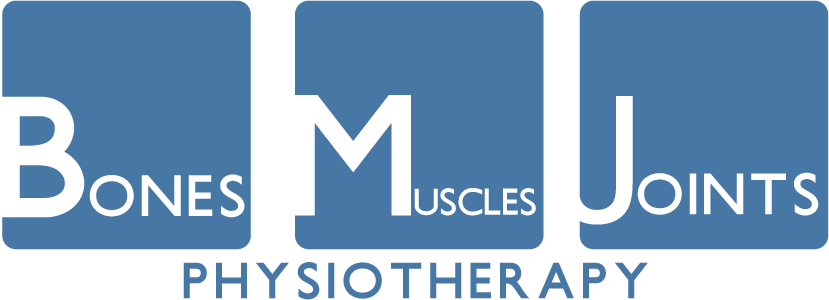How often do I hear, “I am suffering from the effects of aging, I can feel it” – everyday!
What about, “I think my neck pain is caused by my poor posture” – daily! Is it me or it seems like there is an impending doom approaching. There’s no way I can escape from neck pain and it may probably continue to get worse with age. Someone play some dramatic music already!
An introduction to neck pain
Neck pain is one of the major musculoskeletal disorders among the adult population. It’s prevalence ranges between 16.7% and 70.1% around the world and has an impact to an individual’s physical, social and psychological well-being.
While many were fed with the idea that aging causes degeneration, and degeneration causes pain, the hope for living pain free seems bleak. Before someone intensify the melancholic music, let’s see what aging does to us.
Related signs of aging
Wrinkles are signs of aging as the skin loses elasticity. While our repeated facial expressions may cause wrinkles to appear more apparent at some places, besides making us look older, it does not cause pain on our faces. Maybe some heartache as we need to part with our money to “fix it”.
Similarly, having white hair doesn’t hurt our scalp. So, why is aging in our joints blamed for causing us pain? If aging is a significant contributor, young people shouldn’t be having neck pain. Some may argue, but the MRI shows signs of degeneration, it’s got to be it!

Usage of MRIs
Fortunately, or not, multiple studies have shown that MRI findings has no correlation to the intensity of pain and disabilities among persons with spinal pain. MRI should be used as a support to the patient’s story and clinical findings rather than a confirmation and sole explanation of pain.
If the symptoms are solely due to degeneration seen on the MRI, it will fail to explain why some elderly are pain free, why symptoms could be intermittent and how some people could resolve their symptoms with physiotherapy. MRI is a necessity for surgeons to determine the level that may require surgical intervention should there be a spinal cord or nerve injury.
Disc Herniations
However, we are not denying that sometimes these degenerative changes may contribute to our symptoms. Disc herniations are signs of degeneration and so are osteophyte growth or facet joint hypertrophy.
These changes may compromise the space where the spinal cord runs or where the nerve exits thereby causing symptoms such as tingling, numbness or weakness, etc. Seek Singapore physio intervention early as such sensations are usually due to irritation of the nerve – a call of action from the affected nerve.
When ignored, the condition may progress to lead to a nerve injury which will take a much longer time for recovery or eventually a surgical decompression to prevent further progression of the condition.
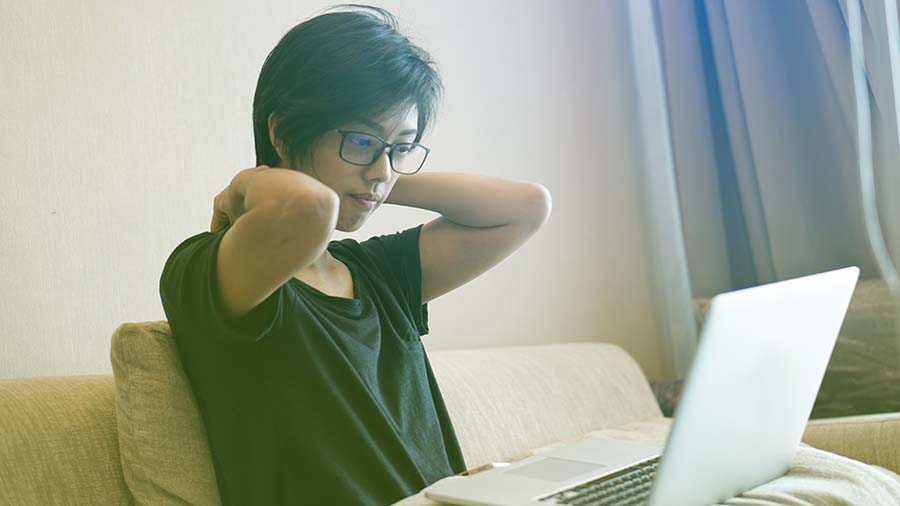
Effect of Posture
Alright, if aging is not the main cause, then it must be my posture! Well, yes and no. If it is just about the poor posture, ever wonder why we don’t suffer from it when we were kids? We spend most of the day at the desk, hopefully studying, too.
Majority of us sit on the edge of the chair, slouching while doing our desk work. The forward head posture increases the load on the posterior neck muscles (see figure 1). In this mechanically disadvantageous position, the deep neck flexors (at the front of the neck) are not able to work effectively. This is also apparent with the use of the phones as we hang our head on our necks (see figure 2).
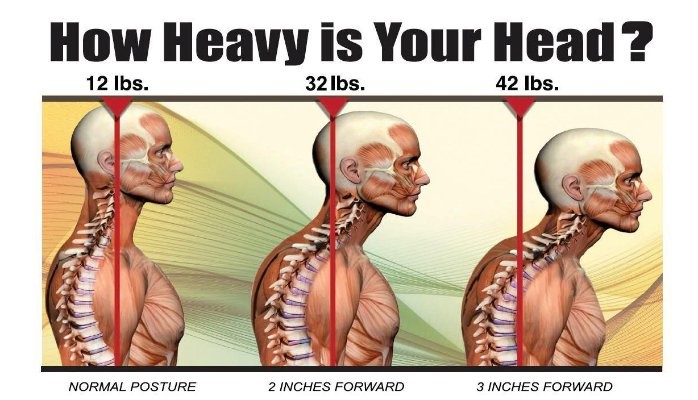
Figure 1: Forward head posture and the load on the neck.
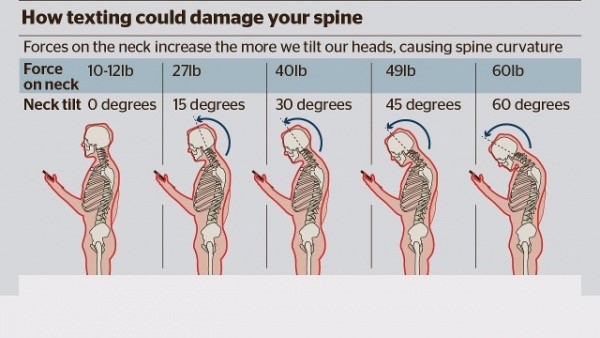
Figure 2: Load on the neck with increased neck flexion while using our phones.
So it is posture! Change it and the pain will go away! Wait a minute…
While adjusting the posture may be one of the key management, it is not the only thing we have to do. It is an aggravating factor more than an actual cause. This is why people may change their work ergonomics yet still continue to experience neck pain, although better. There is no bad posture except that one you maintain the whole day.
Lack of mobility
The real culprit, more often than not, is the lack of mobility while sitting in front of the desk. While the load may reduce our tolerance, stiffness in the neck is often manifested as pain is a signal for us to move. Like the other joints in the body, the spinal bones enjoy movement – heard of motion is lotion? The synovial fluid in the joints provides lubrication to allow better movements; this applies to the spine too. Two reasons how stiffness of the neck may lead to neck pain:
- “Over-activity” on the segment. Movement occurs in the path of least resistance and this is so for our spine too. While it’s a chicken or egg situation, our preferred movement pattern may be contributing to overuse at one area and lack of use else where. At the same time, compensation due to lack of movement else where could contribute to the increased loading at that particular segment. The symptoms felt could be the body’s response to being overworked – repetitive movement and loading increases the symptoms felt.
- Tightness due to lack of movement. This is often felt as the neck initiates movement, move into the range of restriction near or at the end range. The sensation could be from our joints or muscle. While this sensation is not comfortable, the lack of motivation to move into restriction might result in lesser movement and therefore reducing the available range as time goes by. On the contrary, people also realise that their symptoms do get better with movement and activity – isn’t this a good reason to move?
Our pain experience is a usually a combination of both. While neck discomfort usually starts with tightness, there must be a reason why. Even though we may feel comfortable with stretching, we have to work on mobility of the other areas and strengthening the appropriate muscles to reduce its load and thereby manage this sensation of discomfort and tightness. Therefore, the symptoms in our neck is a shoutout to get us to MOVE out of the static posture.
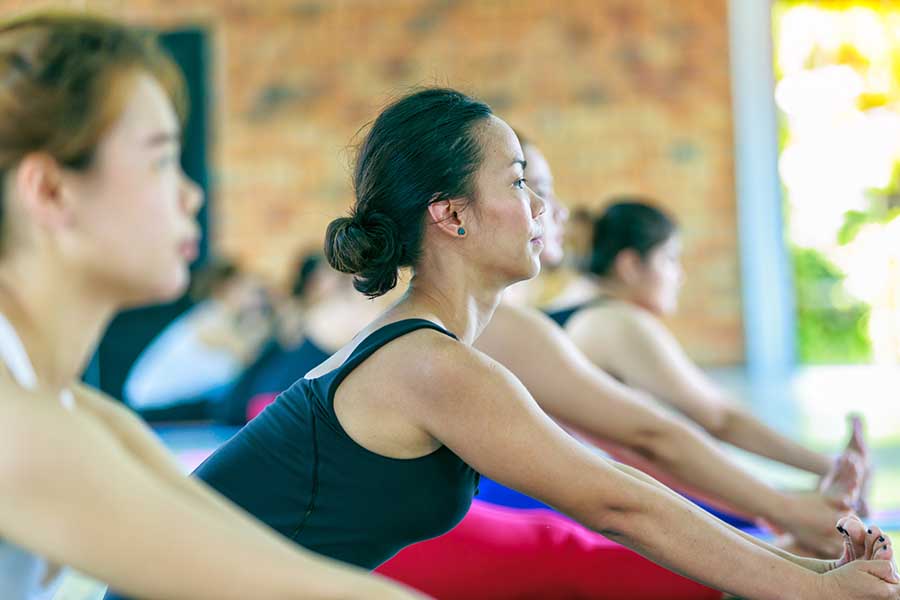
Regular exercise
Our body is generally resilient enough to keep us going. Exercise can improve our strength and endurance as long as we work at it with consistency (even if its sustaining poor posture, it’s all about progression). We may get fidgety because our natural response to discomfort is to move out of it.
If the above symptoms is familiar to you, hit the whatsapp button at the side to speak to our friendly physiotherapist, or if you know someone who is suffering from this, do share with them this article so that we can send them on their way to full recovery.
